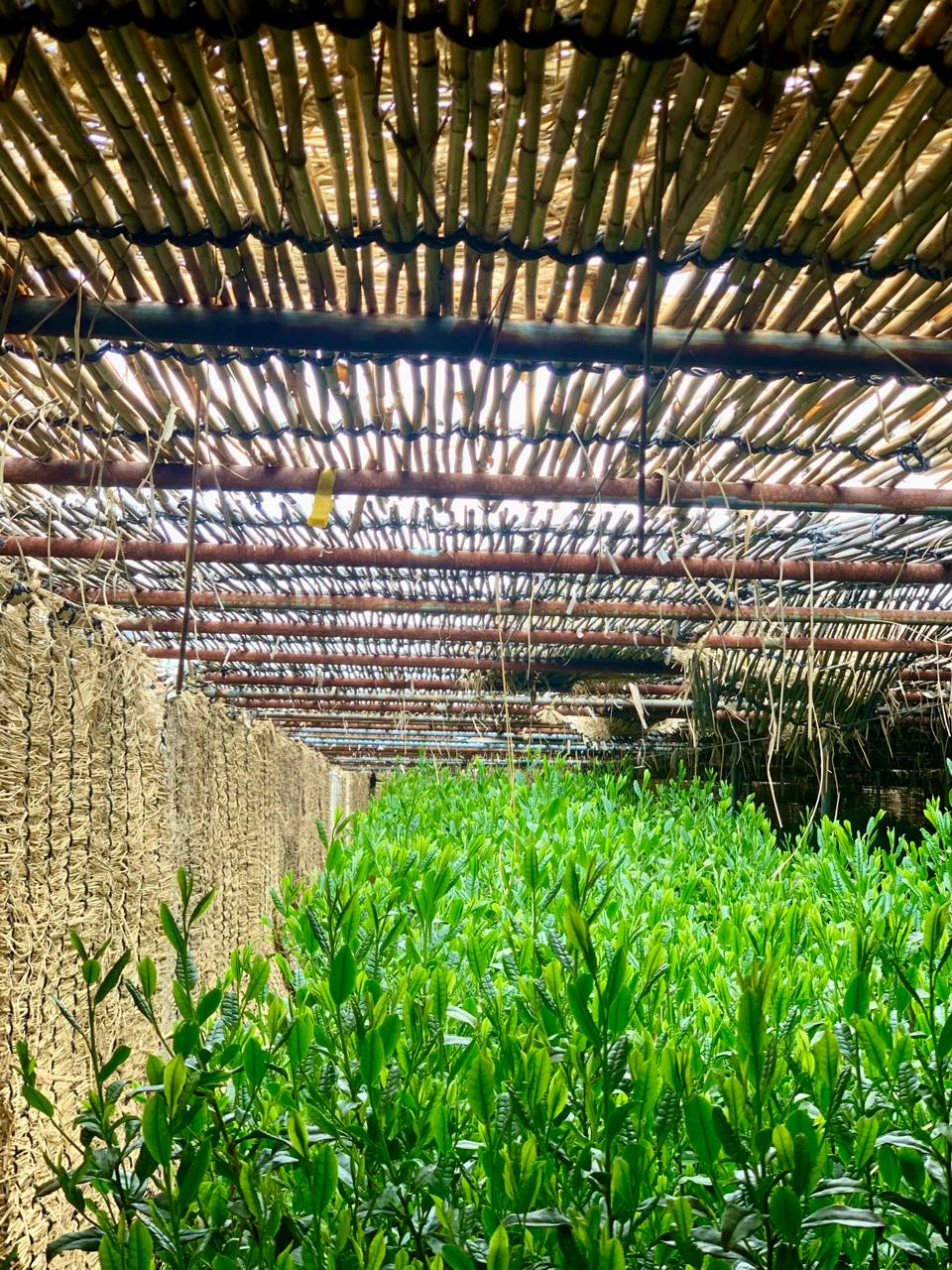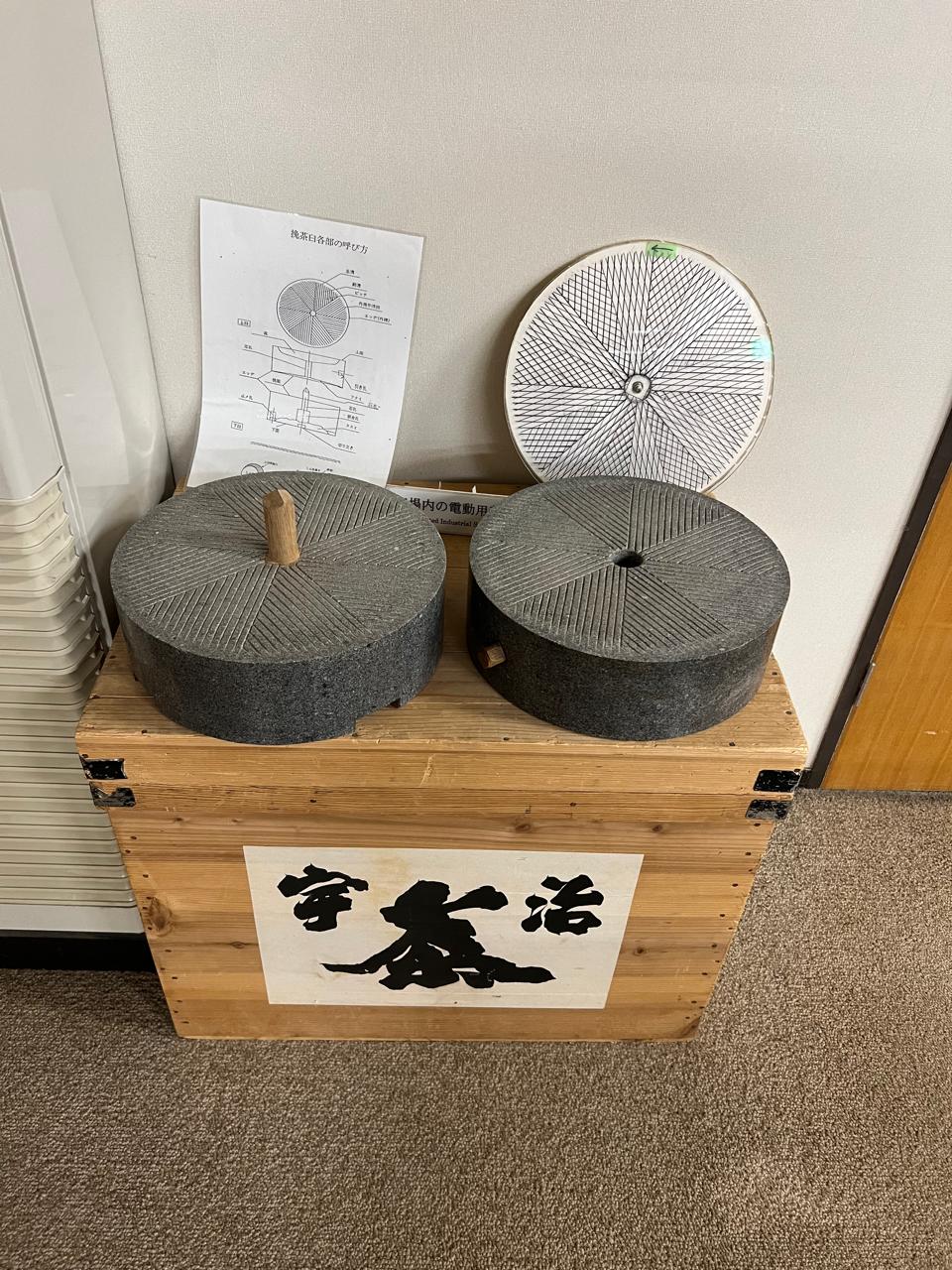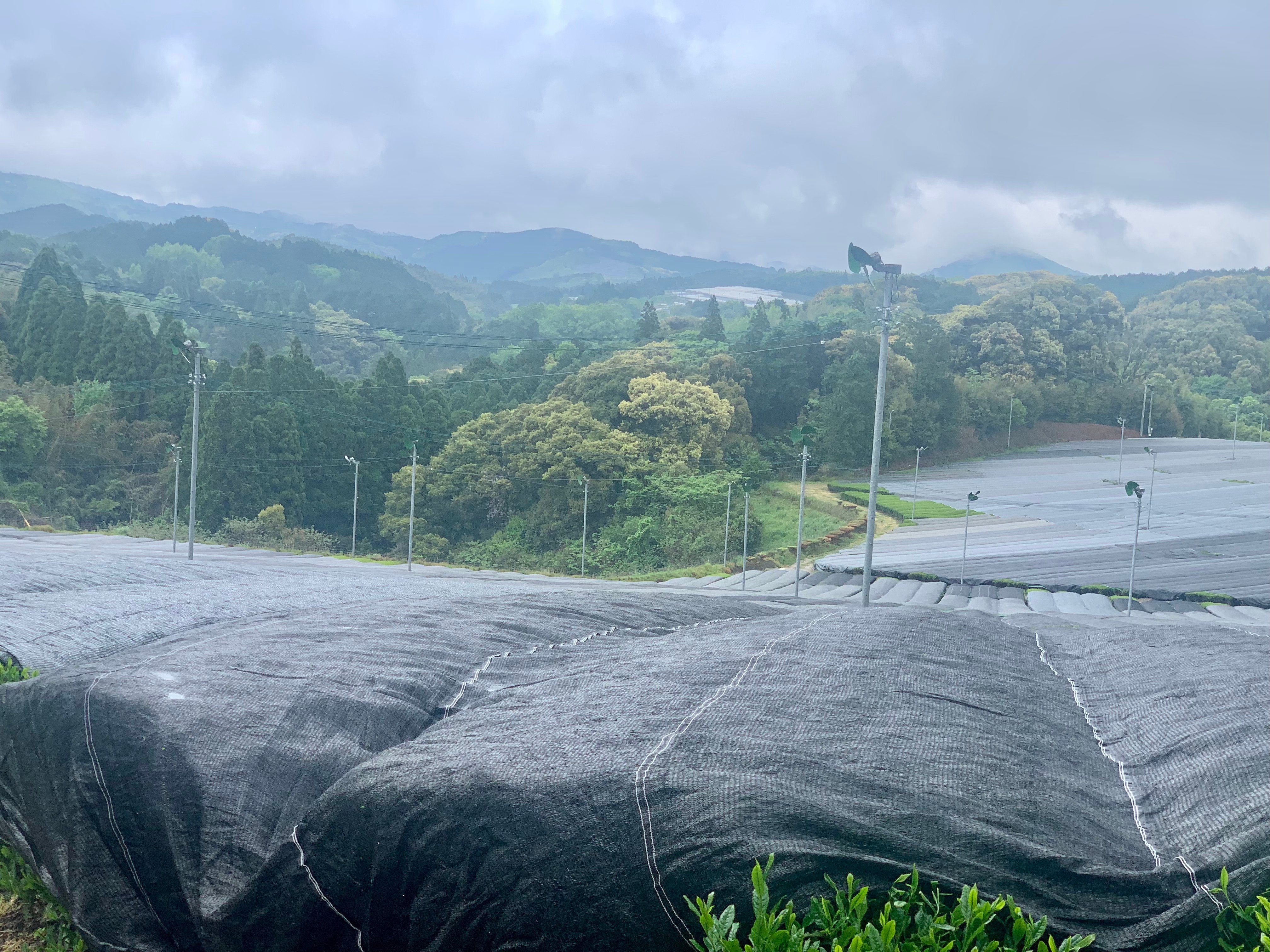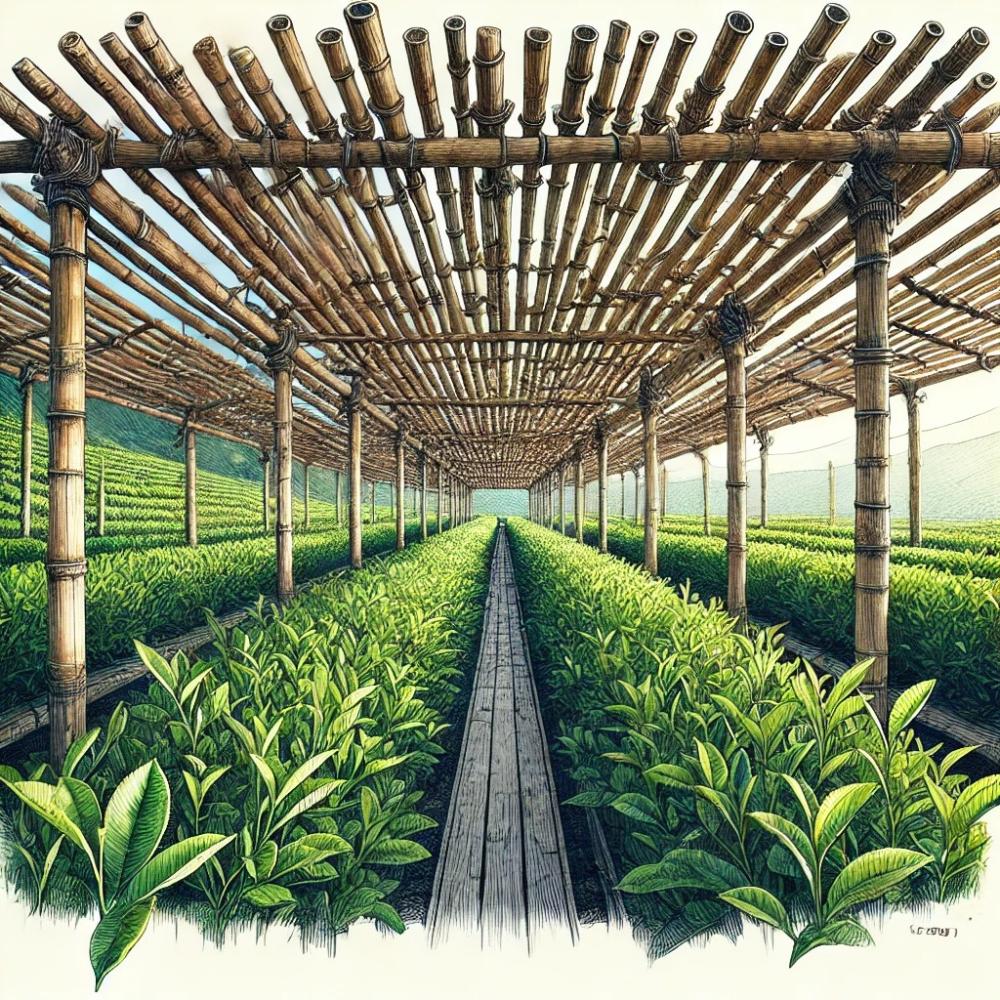The Art and Evolution of Japanese Matcha: From Traditional Farming to Modern Processing
Matcha, the vibrant green tea celebrated for its nuanced flavor and ceremonial importance in Japan, has a history as rich as its taste. The journey of matcha from leaf to cup is a blend of ancient techniques and modern innovations, reflecting centuries of Japanese cultural traditions and the advancements of contemporary tea processing.

The Roots of Matcha: Traditional Farming Techniques
Matcha is made from the leaves of *Camellia sinensis*, the same plant that gives us black, white, and oolong teas. However, what sets matcha apart is its unique farming method, particularly the use of bamboo shading. About 20-30 days before harvest, tea plants destined to become matcha are covered with bamboo mats or tarps in a process known as "shading." This technique reduces exposure to sunlight, slowing down growth and stimulating an increase in chlorophyll levels, which gives matcha its characteristic deep green color. Shading also boosts the production of amino acids, particularly L-theanine, which contributes to the tea’s unique umami flavor.
During the traditional harvest, only the finest tea buds are hand-picked with precision. This labor-intensive process ensures that only the best parts of the tea plant are used, maintaining a high standard of quality that has been revered for generations.

The Art of Processing: Stone Grinding
Once the tea leaves are harvested, they undergo a meticulous process to become matcha. The leaves are first steamed to halt fermentation, preserving their color and delicate flavors. They are then air-dried and slowly destemmed and deveined to produce what is known as tencha. The tencha is stored in cold facilities to age, which enhances its flavor profile.
The most iconic step in traditional matcha production is the stone grinding process. Tencha leaves are ground using granite stone mills, turning them into the fine, bright green powder known as matcha. Stone grinding is a slow and careful process, as the mills cannot be heated by friction; excessive heat would alter the tea’s flavor and color. It can take up to an hour to produce about 30 grams of matcha powder, highlighting the dedication to quality and craftsmanship inherent in traditional methods.

Modern Matcha Processing: Innovation Meets Tradition
In modern matcha processing, the core principles remain the same, but innovations have been introduced to improve consistency, efficiency, and safety. For instance, while bamboo shading is still prevalent, some farms now use synthetic materials that are more durable and easier to handle. Modern harvesting techniques may also include mechanized methods, especially in larger farms, where maintaining traditional practices is less feasible.
The transformation of tencha into matcha has also seen technological advancements. High-precision machines now assist in the destemming and deveining processes, ensuring that the purity of the tencha is maintained with greater efficiency. Furthermore, while stone mills are still used, especially in ceremonial-grade matcha, some manufacturers have adopted high-capacity grinding machines that can regulate temperature and produce matcha at a faster rate without compromising quality.
These innovations allow producers to meet the increasing global demand for matcha while adhering to the high standards set by centuries of tradition. They also help in maintaining consistency in quality, which is crucial for matcha lovers around the world.
The Value of Tradition: Understanding the Higher Prices of Traditionally Made Matcha
The meticulous care and time-intensive processes involved in traditional matcha production significantly contribute to its higher price compared to more conventionally produced teas and even some other matcha variants made through modern methods. The labor-intensive agricultural practices, limited production, artisanal stone grinding, quality and purity, and cultural heritage and craftsmanship all factor into the cost. Traditionally made matcha is not just a beverage; it is an experience and a testament to the dedication of its producers. Its higher price is a reflection of its premium quality, cultural significance, and the intricate processes involved in its creation.
Conclusion
The production of matcha is a beautiful blend of art and science, tradition and innovation. From the shaded tea gardens of Japan to the stone mills and modern processing facilities, each step in the journey of matcha is imbued with dedication and passion. Whether through the careful hand-picking of tea leaves or the precise engineering of modern machinery, the essence of matcha remains unchanged: a high-quality tea that offers a taste of Japanese tradition in every sip. As matcha continues to gain popularity worldwide, both tea connoisseurs and casual drinkers can appreciate the rich history and meticulous process behind this extraordinary beverage.

